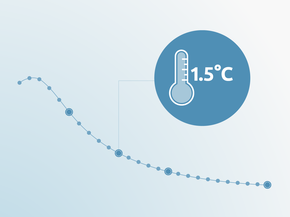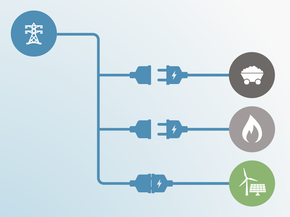Assumptions
Historical data
The historical dataset is based on CO2 from fuel combustion from the IEA (IEA, 2015), other CO2 and non-CO2 emissions are taken from EDGAR (JRC/PBL, 2012). LULUCF emissions are taken from UNFCCC database as officially reported by the country for years 1994 and 2000 (UNFCCC, 2017).
Pledges
Because the NDC does not specify the BAU pathway, we applied the reduction target to current policy projections as estimated by CAT (see the next section). Further, given that the target covers all emissions from all sectors and that the NDC does not quantify future LULUCF emissions, we assumed emissions excluding LULUCF were also to be reduced by 70% below a BAU.
Current policy projections
The current policy projections for total energy-related CO2 emissions are based on the BAU scenario from the 6th edition of the APEC Energy Demand and Supply Outlook (APERC, 2016). The BAU scenario of APERC (2016) ‘reflects current policies and trends with in the country’s energy sector; thus, its projections largely extend the past into the future.’ We therefore assume that all of the current policies for the energy sector are included with a cut-off date of end 2015. This contains a growth in electricity demand of 6% per year between 2010 and 2030 and a growth in renewable electricity generation of 1.8% over the same period. The APERC scenarios use historical energy and CO2 data derived or estimated from Energy Balances of non-OECD Countries and CO2 Emissions from Fuel Combustion.
To estimate non-energy CO2 emission projections we used the composition of CO2 emissions by sector from the 2013 APERC report (APERC, 2013). Non-CO2 emissions are based on EDGAR (JRC/PBL, 2012) and projected growth rates from US EPA (2012) are applied to estimate the growth in non-CO2 emissions.
Planned policies
The impact of the ‘The National Renewable Energy Program’ and ‘The Energy Efficiency and Conservation Roadmap’ were quantified and subtracted from the APEC reference scenario. This shows the minimum level of expected emissions if these planned policies are implemented (‘Planned policy projections’ including EE and RE roadmaps).
Further analysis
Latest publications
Stay informed
Subscribe to our newsletter





